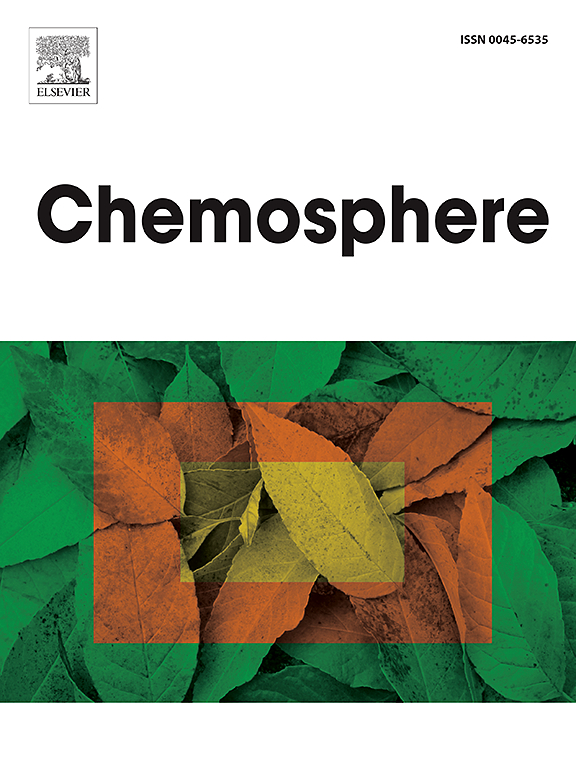Monitoring the stability of aerobic granular sludge under increasing fractions of slowly biodegradable substrate using quantitative image analysis
IF 8.1
2区 环境科学与生态学
Q1 ENVIRONMENTAL SCIENCES
引用次数: 0
Abstract
This work investigates the effects of increasing fraction of slowly biodegradable chemical oxygen demand (sbCOD) on the morphology, stability, and performance of aerobic granular sludge (AGS) used for wastewater treatment. A sequencing batch reactor (SBR) was supplied with synthetic wastewater containing acetate as readily biodegradable COD (rbCOD) and increasing concentrations of oleate as slowly biodegradable carbon source. The sbCOD fraction was gradually increased, reaching up to 50% of the total influent biodegradable COD (bCOD). Quantitative image analysis (QIA) revealed a significant shift in granule morphology and size distribution due to increasing sbCOD fractions. Larger granules (Deq >1.0 mm) become predominant due to the washout of smaller granules (Deq <1.0 mm), which evidenced deterioration in several structural parameters. In contrary, larger granules maintained stable compactness, robustness, and extent. These morphological and size distribution changes were concomitant with variations in reactor performance: total inorganic nitrogen (TIN) removal efficiency improved up to 94%, due to enhanced denitrification capacity, supported by the predominance of larger granules and increase in granules size at higher sbCOD fractions. In contrast, P-PO43- removal efficiency declined, associated with the leakage of rbCOD to the aerobic phase, filamentous growth, and deteriorated sludge settling properties. These findings highlight the complex interactions between oleate characteristics, AGS morphology, and reactor performance, emphasizing the need for optimized strategies to mitigate process instability in AGS systems treating lipid-rich wastewater, ensuring sustainable and efficient wastewater treatment in real-world applications.

求助全文
约1分钟内获得全文
求助全文
来源期刊

Chemosphere
环境科学-环境科学
CiteScore
15.80
自引率
8.00%
发文量
4975
审稿时长
3.4 months
期刊介绍:
Chemosphere, being an international multidisciplinary journal, is dedicated to publishing original communications and review articles on chemicals in the environment. The scope covers a wide range of topics, including the identification, quantification, behavior, fate, toxicology, treatment, and remediation of chemicals in the bio-, hydro-, litho-, and atmosphere, ensuring the broad dissemination of research in this field.
 求助内容:
求助内容: 应助结果提醒方式:
应助结果提醒方式:


